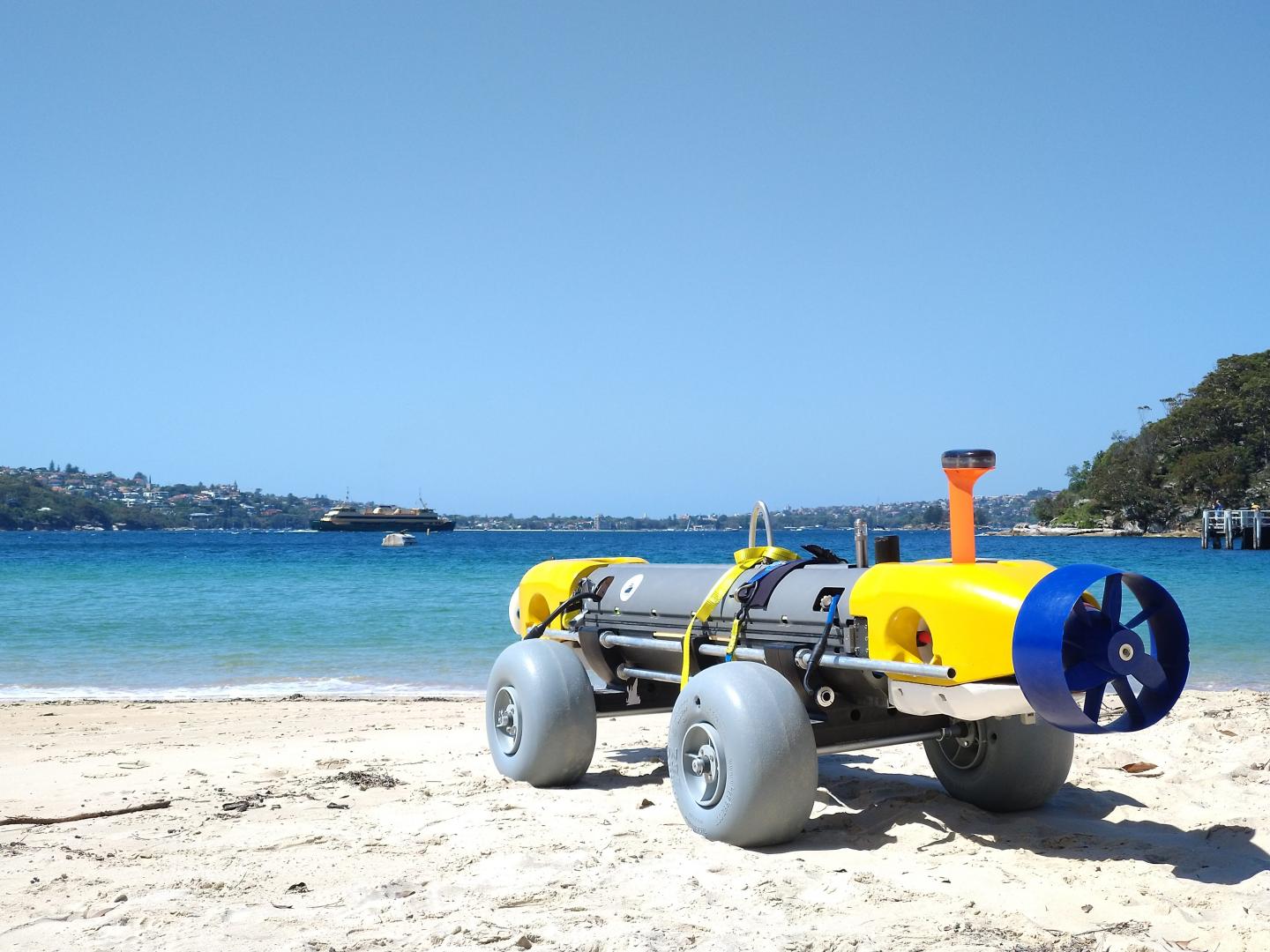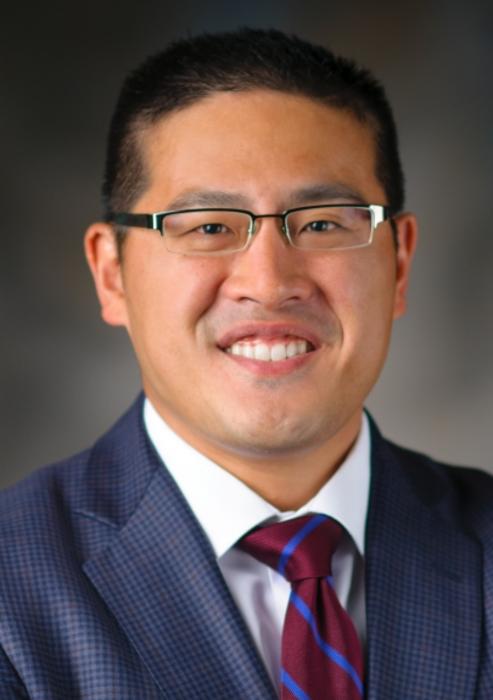Professor Stefan Williams has been recognized by the IEEE

Credit: Lachlan Toohey/University of Sydney
With a career focused on robotics and mapping ocean floor habitats, Head of Aerospace, Mechatronic and Mechanical Engineering Professor Stefan Williams was awarded the title of Distinguished Lecturer by the IEEE Ocean Engineering Society for his high degree of technical proficiency in oceanographic research and engineering.
“My work in the development of autonomous underwater vehicles (AUVs) and our program of marine surveying are recognised internationally for the quality of the data we are collecting, as well as the scale of the program we operate,” he said.
For over a decade, Professor Williams’ team has operated an integrated benthic monitoring program through Australia’s Integrated Marine Observing System (IMOS).
The program uses AUV systems to collect seafloor imagery at key reference sites around Australia.Benthic zones, some of the least observed habitats in the world, are ecological regions at the lowest point in a body of water, such as the ocean floor.
Over the past ten years, Professor Williams has used marine robotic vehicles to study these sensitive marine habitats around Australia’s vast coastline. This has included surveys of coral reefs on the country’s east and west coasts, as well as temperate regions in Western Australian, South Australia, Tasmania and NSW.
The program has focused on collecting long time-series imagery, helping scientists document habitat changes over time. This has included surveys following events such as coral bleaching and cyclones in tropical reefs.
The team has also documented changes in species such as urchins and kelp, and has studied deep water habitats along the continental shelf.
“Our research is helping marine ecologists track changes in benthic habitats and document range shifts in key species associated with changing oceanographic conditions, as well as exploring marine archaeological sites, and deep water geological zones,” he explained.
“Oceanographic surveying is expanding rapidly thanks to the increasing endurance of marine robotic systems. Technology has developed to the point where there are now unmanned surface vessels that are capable of crossing oceans.”
Robotics advancements have effectively ‘unlocked’ previously untraversed underwater regions, allowing researchers to collect data and map seafloor habitats, while also allowing them to be less reliant on more costly forms of access, such as research vessels.
Professor Williams’ team has recently entered the final phase of introducing a new AUV system to their suite of vehicles, which has increased camera resolution and the capacity to survey nearshore and shelf environments, such as tropical and temperate reefs.
“We have also developed machine learning tools that let us manage the huge volumes of seafloor images that we’ve collected. At present we have more than five million seafloor images from around Australia, from the tropics in Queensland and WA through temperate regions in the south.”
“These images and the detailed seafloor models we produce are providing fascinating insights into key areas of the seafloor”, he said.
“It’s necessary that these robots can operate for long periods of time without any direct human oversight — therefore most decision making and planning will need to be embedded into the technology, which has been a key focus of our research over the past few years.”
This coming May Professor Williams will be travelling to the University of Southampton to work with collaborators who are developing new oceanographic observing systems. He has also been invited to give talks in Scotland, France, Germany and China about his work.
###
About IEEE
IEEE is the world’s largest technical professional organisation dedicated to advancing technology for the benefit of humanity.
Media Contact
Luisa Low
[email protected]




